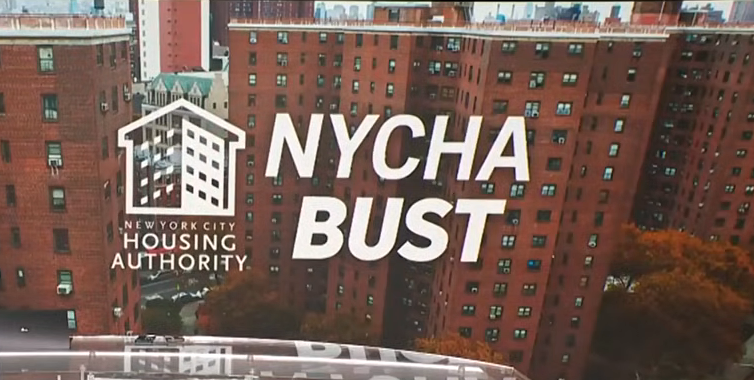H. Marc Morial
Connecticut Superior Court Judge Thomas Moukawsher did not mince words: “A spending scheme really can’t be said to be aimed at elementary and secondary school education when the state doesn’t even enforce a coherent idea of what these words mean. The state’s definition of what it means to have a secondary education is like a sugar-cube boat. It dissolves before it’s half launched.”
Connecticut Superior Court last week didn’t just tell the state to fix its broken funding system, it essentially relegated the system to the ash heap of history. Instead of trying to even out the funding gap, Judge Thomas Moukawsher told the General Assembly, figure out how to even out the achievement gap, then fund that.
Moukawsher’s ruling echoes the education plakn of the National Urban League’s Main Street Marshall Plan, which calls for increased federal funding to local school districts to help eliminate resource equity gaps. Moukawsher’s ruling also endorsed universal high-quality preschool, another plank in the Plan.
In Bridgeport, one of Connecticut’s poorest cities, the graduation rate is 63 percent. Many fifth-graders read at a kindergarten level and some high-schoolers arrive reading at a third-grade level. The district cannot afford schoolbuses. While Bridgeport spends about 88% of what neighboring wealthy Fairfield spends per-pupil than neighboring wealthy Fairfield, the funding gap is not enough to explain the achievement gap.
What Moukawsher’s ruling means is legislators should not focus on raising Bridgeport’s per-pupil spending to Fairfield’s level, but raising Bridgeport’s student outcomes to Fairfield’s level.
The ruling has implications for the entire country, where disparities are even greater than in Connecticut. A recent analysis found that sixth-graders in the nation’s wealthiest school districts read at a level four full grade levels above those in the poorest districts.
In a well-known illustration that has become a symbol for the plaintiff in this case, Connecticut Coalition for Justice in Education Funding, three children of differing heights are depicted standing on boxes of equal height, trying to peek over a fence. Only the tallest child is able. The caption: “Equality.” In the second panel, children of differing heights are depicted standing on boxes of varying heights, each lifted enough to see over the fence. The caption: “Equality.”
Judge Moukawsher essentially told the General Assembly is, don’t consider simply the size of the boxes, but whether the boxes are boosting the children high enough.
The Urban League Movement has been focused on the issue of equity in education for many decades. Last year’s State of Black America included a state-level education equality index. Our research found reading proficiency gaps among children of color that ranged from 80% in Hawaii – where 100% represents parity with white students – to 19% in the District of Columbia. Only 14% of Black fourth-graders in D.C. tested at or above proficient in reading. Math proficiency gaps ranged from 69% in West Virginia to 21% in Wisconsin. The relatively small gap in West Virginia, however, is due to lower achievement among students of all races. Only 35.6% of white West Virginia fourth-graders tested at or above proficient in math, compared with 24.7% of Black fourth-graders.
In addition to increased federal funding to address educational inequities, the Main Street Marshall Plan also calls for universal early childhood education. But policies have to address other socioeconomic barriers to achievement as well. Check out the full Main Street Marshall Plan at www.stateofblackamerica.org, and urge your elected representatives to support it.
Marc H. Morial,
President and CEO
National Urban League


















